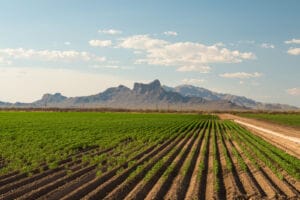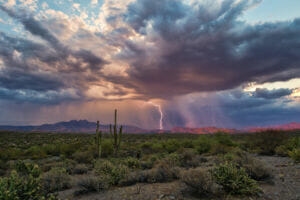By Patrick L. Phillips
Chief Executive Officer, Urban Land Institute
The fortieth annual recognition of Earth Day finds the world of land use in the midst of change, much as it was in 1970. However, in terms of community building, where we’ve been over the past four decades is not where we are headed for the next 40 years. What we’ve learned is that we can build in a way that both accommodates growth and protects — even enhances — the environment.
When the recognition of Earth Day began, people were moving to suburbia by the hundreds of thousands, returning to downtowns primarily to work or shop in department stores. Suburban malls were still innovative; the average home cost about $23,400 and covered 1,400 square feet; the average car cost $3,900 (plus $39 for an eight-track stereo); and a gallon of gas cost about 36 cents.
Triggered by relatively cheap housing, cars and gas, our urban regions were continuing the postwar form: growing outward in two general patterns – rings, based primarily around major highway construction that circled around cities; or linear growth tracking a spine of major highways. The result was the familiar “hub and spoke” metropolitan pattern. Our cities were growing in spite of the environment, not in harmony with it.
Even as urban sprawl was advancing, the Urban Land Institute warned of the potential for dire consequences. A 1970 article in Urban Land magazine cautioned, “We have carried the concept of conquest and dominion over nature to a point where large areas of our living environment have become not only unsightly but downright unhealthy.” It implored the land use community to be aware of development’s toll on air and water quality, and to appreciate “the interplay between the natural earth forces and land development activities.”
It was a fortuitous message then, and one with even more relevance now: How we use land matters. Land use has an enormous impact, not just on the natural environment, but on the long term economic and social viability of our cities. Vast demographic, financial, and environmental shifts are necessitating a major overhaul in what and where we build, and will continue to do over the next 40 years leading to Earth Day 2050.
Among the forces of change now in place:
- The U.S. population has grown by more than 100 million people since 1970, with an additional 150 million expected over the next 40 years;
- The first wave of baby boomers are hitting 65 — most will shun retirement and stay in the workforce, and many, if healthy now, could still be alive in 40 years;
- The children of baby boomers, Generation Y (the most technologically connected generation in history) has started to enter the housing market and workforce;
- Household size is shrinking, due to more people living alone, delaying marriage and childbirth, and having fewer children;
- The U.S. is now the largest importer of oil, rather than the largest exporter, leading to stepped up efforts to develop alternate sources of energy;
- The U.S. transportation infrastructure system, once a world leader due to the new interstate highway system, is now falling far behind Asia and Europe in terms of transportation investments;
- Concerns over climate change have resulted in an increasing number of government mandates aimed at limiting carbon emissions from vehicles and buildings; and
- The worst economic downturn since the Great Depression has 1) thrown credit markets into prolonged turmoil; and 2) left many markets with unprecedented housing foreclosures, causing a decline in the homeownership rate and a long-term change in the perception of homeownership as the American Dream.
All these changes are taking place as the U.S. is becoming an increasingly urban nation, and as our urban regions are evolving into different nodes of employment, housing and recreation spanning 40 or 50 more miles. It is difficult to predict exactly what the city in 2050 will look like. However, what is clear is that piece-meal, haphazard and poorly connected development is a thing of the past. It’s also clear that the majority of the growth will occur not in downtowns, but in the suburbs. And in these areas, less land will have to be used to accommodate more people. This change in how suburban areas grow will have a major influence on the environmental and economic sustainability of entire metropolitan regions.
Going forward, this is what we can expect: building more densely to conserve energy, water and land, and to reduce the need to drive. Better coordination of land use planning and transportation planning, so that more development is oriented toward transit options. And, reusing and adapting obsolete space in a way that reflects the changing needs and desires of a much more mobile society – a society in which many are likely to rent longer and change jobs much more frequently.
At 40 years, Earth Day 2010 marks a pivot point for land use and community building. Looking forward to Earth Day 2050, it’s important to consider how the impact of urban design and development meets residents’ expectations for livability, amenities, flexibility and choice. Ultimately, cities are about what’s best for people, not buildings, and not cars. The places that get this right will be the winners in the decades ahead.



